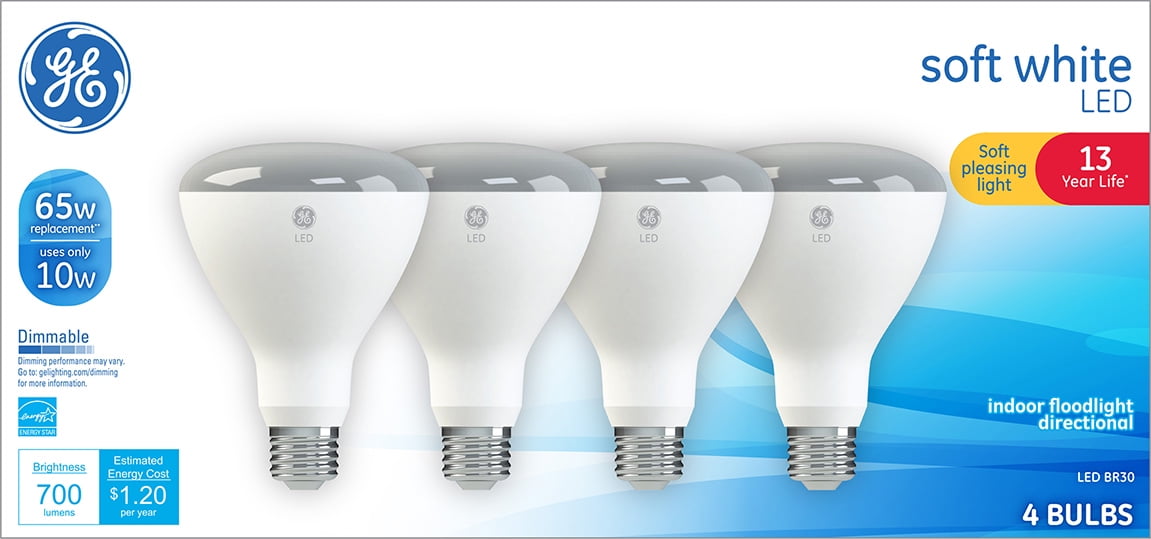

In other words, even if the LED costs $5 and the incandescent is a freebie that you found rolling around in a drawer somewhere, the LED is still the less expensive option after less than a year of use. A 60W-replacement LED that puts out the same amount of light will draw as little as 8 watts, and only add about a buck to your energy bill over that same year-long span.

For instance, a traditional 60-watt incandescent light bulb will add about $7 to your energy bill each year if you use it, on average, for 3 hours a day. You need to factor in the cost of using the bulb - and the great thing about LEDs is that using them doesn't cost very much at all. Thankfully, several years of development and competition have brought prices down to the point where you'll find plenty of LED options in the light bulb aisle available for $5 or less.īut the dollars and cents don't stop there. Then, LEDs came along - most of them costing a lot more.

It used to be that you could grab an incandescent bulb at the hardware store for a buck or so. LED bulbs are like hybrid cars: More expensive upfront, but cheaper to operate. +22 More You'll pay more for an LED bulb (but you'll save in the long run) Not sure which to buy? Read our warm light bulbs versus cool light bulbs comparison to help you decide. Want something daylight toned? Look for bulbs rated at 5,000K or higher. Your typical, soft white incandescent is somewhere between 2,700 and 3,500K, so if that's the color you're going for, look for that range while shopping for LED bulbs. The lower the number, the warmer (yellower) the light. If you want to get technical, the color of light on the white light spectrum is called color temperature, and it's measured on the Kelvin scale. Soft white and warm white will produce a yellow, candle-like glow, close to incandescents, while bulbs labeled as bright white or daylight will produce a whiter light, closer to daylight and similar to what you see in offices and retail stores. The two most popular colors available for LEDs are soft white (also called warm white) and bright white (also called daylight). For the home, however, you're likely looking for something similar to the light that incandescents produce. Incandescent bulbs typically put out a warm, yellowish hue, but LEDs come in a range of colors.Īs shown off by Philips Hue, LED bulbs are capable of displaying an impressive color range, from purple to red, to a spectrum of whites and yellows. Get a sense of the brightness (in lumens) you need before heading to the store, and throw away your affinity for watts.

Read more: The best LED light bulb for every room in your houseĪs you can see in the chart above, an incandescent can draw up to five times as many watts for the same number of lumens. For reference, here's a chart that shows the watt-lumen conversion for incandescents and LEDs. The lumen (lm) is the real measurement of brightness provided by a light bulb, and is the number you should look for when shopping for LEDs. Instead, a different form of measurement should be used: lumens. (The point, after all, is that they draw less energy.)įor example, an LED bulb with comparable brightness to a 60W incandescent is only 8 to 12 watts.īut don't bother doing the math - there isn't a uniform way to covert incandescent watts to LED watts. For incandescents, there is an accepted correlation between the watts drawn and the brightness produced, but for LEDs, watts aren't a great predictor of how bright the bulb will be. Contrary to common belief, wattage isn't an indication of brightness, but a measurement of how much energy the bulb draws.


 0 kommentar(er)
0 kommentar(er)
